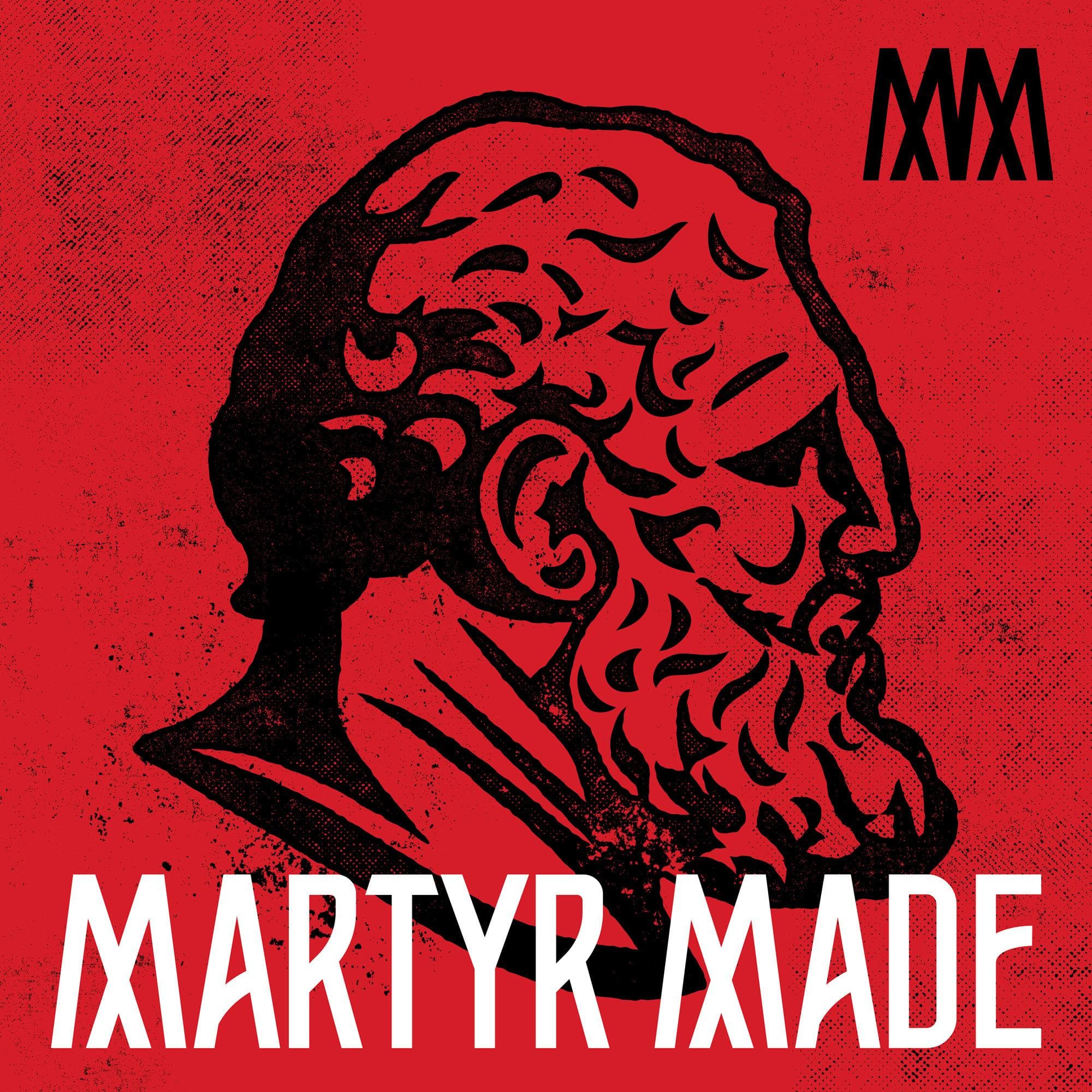
November 30, 2023 • 3hr 21min
Blacks and Jews (Complete Series)
The Martyr Made Podcast

Key Takeaways
- This episode explores the complex history of relations between Black Americans and Jewish Americans from the early 20th century through the 1990s
- The "Black-Jewish alliance" was crucial to the civil rights movement of the 1950s-60s, but began to fracture in the late 1960s
- Key factors in the split included:
- The shift of the civil rights movement from the South to Northern cities
- The rise of Black Power and Third Worldist ideologies
- Conflicts over community control of schools and affirmative action
- Anti-Zionism and anti-Semitism among some Black leaders
- Major flashpoints included the 1968 New York City teachers' strike and the 1991 Crown Heights riot
- By the 1990s, Black-Jewish relations had severely deteriorated, though some leaders on both sides sought reconciliation
- The episode argues this split had major impacts on American politics and race relations that continue today
Introduction
This episode of The Martyr Made podcast explores the history of relations between Black Americans and Jewish Americans from the early 20th century through the 1990s. It examines how the two groups were closely allied during the civil rights movement, but how this alliance fractured in the late 1960s and 1970s. The episode traces the complex social, political and ideological factors that led to this split and its impacts on American society.
Topics Discussed
Early Alliance in the Civil Rights Movement (2:59)
The episode begins by discussing the close alliance between Black and Jewish Americans in the early civil rights movement:
- Jewish organizations like the NAACP were crucial in supporting civil rights efforts
- Many Freedom Riders and civil rights activists in the 1960s were Jewish
- Jewish donors provided significant funding for civil rights organizations
- "Between half and three quarters of all donations to civil rights organizations at the height of the movement came from Jews, who comprised only about 3% of the american population."
Shift in the Civil Rights Movement (39:08)
The episode then explores how the civil rights movement changed in the mid-1960s:
- Focus shifted from legal equality in the South to economic and social issues in Northern cities
- Rise of more militant "Black Power" ideology challenged earlier integrationist approach
- Many white/Jewish activists were pushed out of organizations like SNCC
- Third Worldist ideology positioned Blacks as part of global anti-colonial struggle
Ocean Hill-Brownsville Conflict (2:13:29)
A major flashpoint was the 1968 conflict over community control of schools in Brooklyn:
- Black activists sought control over local schools, clashing with mostly Jewish teachers union
- Radical principal Rhody McCoy fired white/Jewish teachers, sparking citywide teachers' strike
- Incident highlighted growing tensions between Blacks and Jews over jobs, power, and ideology
- "McCoy transformed a conflict that in other circumstances would have been framed as blacks versus whites into a fight between blacks and jews"
Rise of Black Anti-Semitism (2:51:41)
The episode traces the growth of anti-Semitic rhetoric among some Black leaders:
- Nation of Islam and Louis Farrakhan promoted conspiracy theories about Jewish control
- Some academics like Leonard Jeffries made anti-Semitic statements
- Incidents like Crown Heights riot in 1991 further damaged Black-Jewish relations
- Many moderate Black leaders struggled to respond to or condemn these incidents
Jewish Reactions and Neoconservatism (2:37:40)
The episode examines how many Jews reacted to these developments:
- Some like Norman Podhoretz became disillusioned with liberalism and Black activism
- Rise of neoconservatism among some Jewish intellectuals
- Debates over affirmative action and "merit" further divided Blacks and Jews
- "We Jews were also oppressed...We pulled ourselves up by our bootstraps, and look at us now...Why can't you do the same?"
Long-Term Impacts (2:41:41)
The episode argues this split had major long-term consequences:
- Realignment of American politics, with many Jews moving away from the left
- Contributed to "tough on crime" policies and mass incarceration in 1990s
- Ongoing tensions between Blacks and Jews on issues like Israel/Palestine
- Erosion of the liberal coalition that had driven much of 20th century progress on civil rights
Conclusion
The episode concludes by reflecting on the tragedy of this split between two groups that had been closely allied. It suggests the breakdown stemmed from deep historical and psychological factors on both sides. While some leaders sought reconciliation, the episode argues the impacts of this division continue to shape American politics and race relations today.